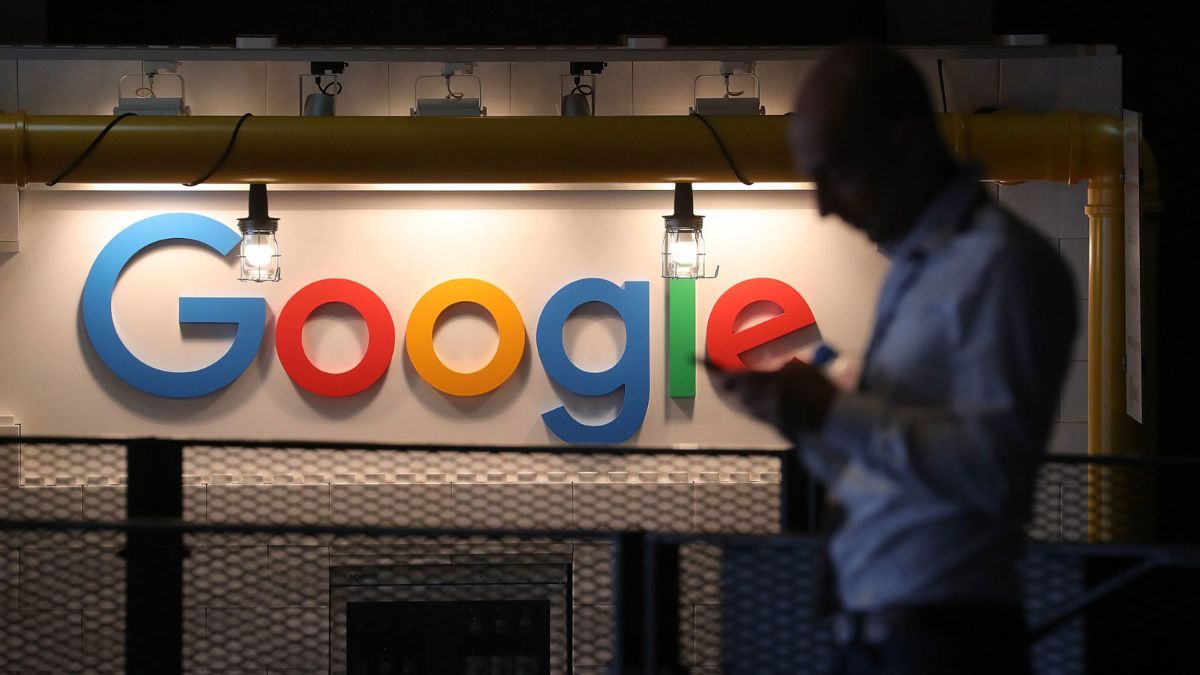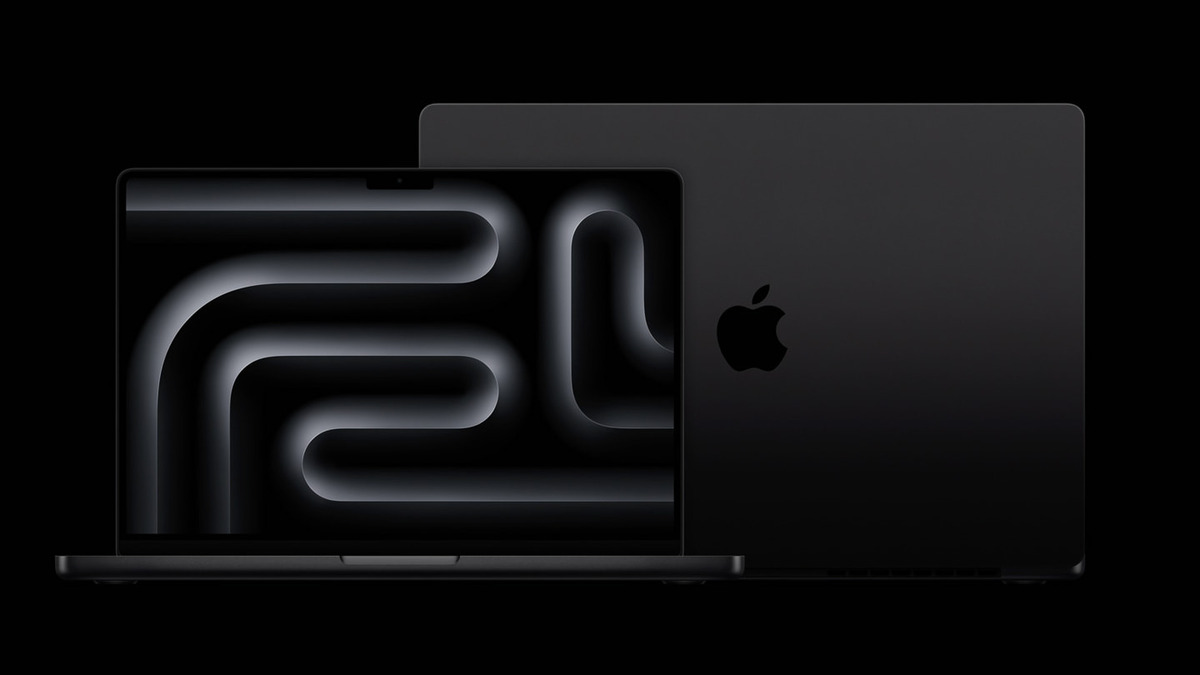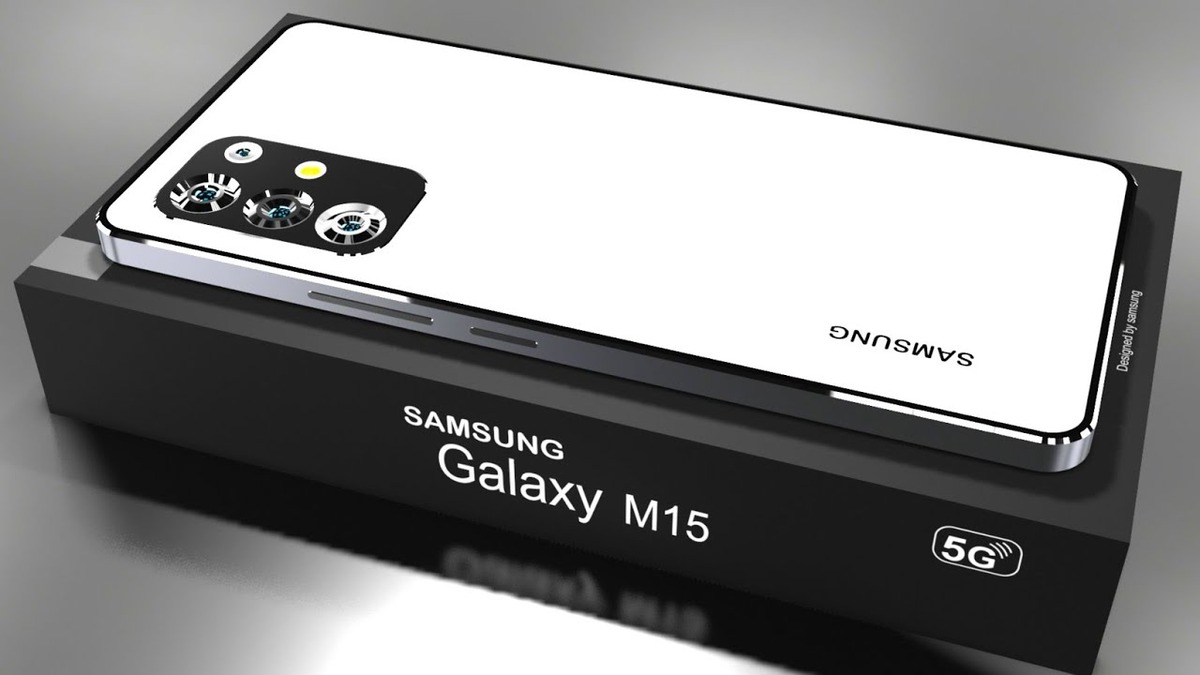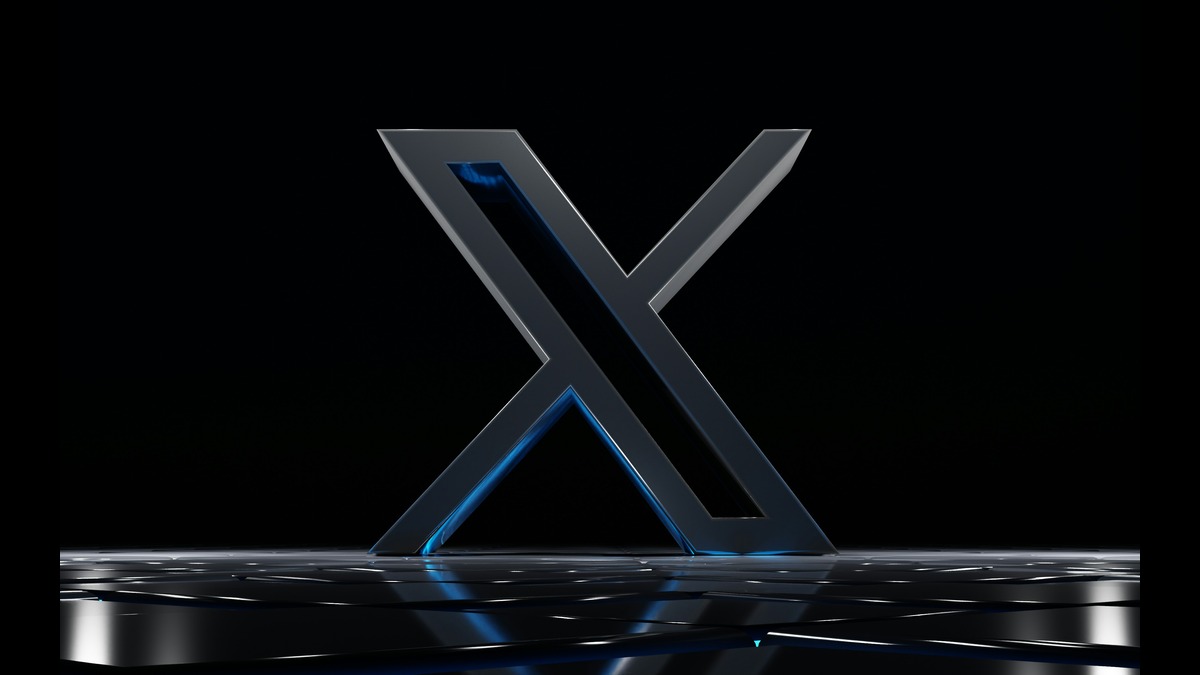In the ever-changing world of technology and retai...
news-extra-space

/cdn.vox-cdn.com/uploads/chorus_asset/file/10677131/fakeMemory3__1_.jpg) Image credit- Vox[/caption]
Murphy and her team invited 436 participants to complete an online poll in order to explore the possible hazards and advantages of Deepfake technology.
In the poll, participants were asked to watch deepfake videos of made-up film remakes with new cast members, such as Will Smith taking over for Keanu Reeves as Neo in "The Matrix" and Brad Pitt and Angelina Jolie in "The Shining."
It's interesting to note that some participants even shared memories of the phony remakes being better than the original films.
Image credit- Vox[/caption]
Murphy and her team invited 436 participants to complete an online poll in order to explore the possible hazards and advantages of Deepfake technology.
In the poll, participants were asked to watch deepfake videos of made-up film remakes with new cast members, such as Will Smith taking over for Keanu Reeves as Neo in "The Matrix" and Brad Pitt and Angelina Jolie in "The Shining."
It's interesting to note that some participants even shared memories of the phony remakes being better than the original films.
 Image credit- Irish Examiner[/caption]
These discoveries have significance for the advancement and control of Deepfake technology in the motion picture sector. The study showed that Deepfake is not fundamentally more effective at altering memories than other non-technical methods, the researchers said, adding that while they raise issues for a variety of reasons, such as non-consensual pornography and bullying, they are not the only cause for concern.
Deepfake technology analyzes and maps the target person's facial expressions and speech patterns onto the source footage using machine learning techniques and deep neural networks. This method enables the production of videos with manufactured material but with the appearance of authenticity.
Also read: Microsoft president : Deepfake videos or images made by AI is a big concern
Due to their potential for misuse and the ethical issues they bring, these videos have drawn attention. They can be used to produce phony videos that purport to feature people speaking or performing things they have never actually done.
Image credit- Irish Examiner[/caption]
These discoveries have significance for the advancement and control of Deepfake technology in the motion picture sector. The study showed that Deepfake is not fundamentally more effective at altering memories than other non-technical methods, the researchers said, adding that while they raise issues for a variety of reasons, such as non-consensual pornography and bullying, they are not the only cause for concern.
Deepfake technology analyzes and maps the target person's facial expressions and speech patterns onto the source footage using machine learning techniques and deep neural networks. This method enables the production of videos with manufactured material but with the appearance of authenticity.
Also read: Microsoft president : Deepfake videos or images made by AI is a big concern
Due to their potential for misuse and the ethical issues they bring, these videos have drawn attention. They can be used to produce phony videos that purport to feature people speaking or performing things they have never actually done.
Leave a Reply






